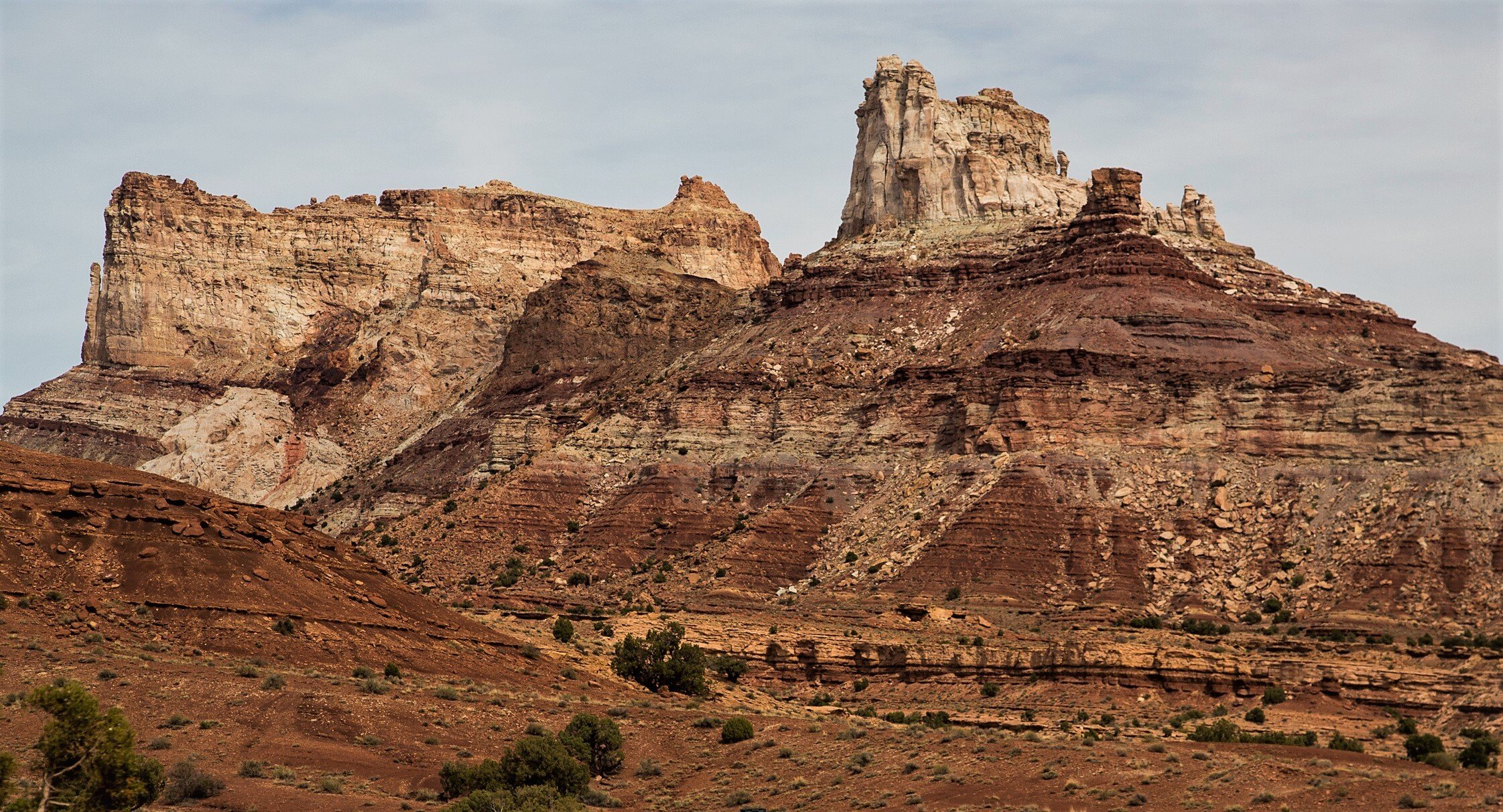
Jurassic National Monument: Cleveland-Lloyd Dinosaur Quarry
Led by: Emily Lessner
The Cleveland-Lloyd Dinosaur Quarry at Jurassic National Monument is one of the world's most impressive collections of dinosaur bones and fossils from the Jurassic Morrison Formation. Over 12,000 bones from at least 70 different prehistoric critters have been excavated here. Fossils from the quarry have been reassembled and displayed in museums throughout the world.
The Cleveland Lloyd Dinosaur Quarry is a 90 minute drive from Green River, located within the San Rafael Swell. Due to its distance, this is almost a full-day trip. The quarry grounds contain some outdoor trails, however the visitor center and quarry itself are fully accessible to individuals with mobility limitations. Prepare to spend an hour or two at the site. Bring lunch, water, sturdy shoes, binoculars, camera, and snacks.
Saturday | April 5, 2025
The Cleveland Lloyd Dinosaur Quarry is a 90 minute drive from Green River, located within the San Rafael Swell. Due to its distance, this is almost a full-day trip.
-
Any car can make the drive to the quarry, which is about equal parts pavement and well-graded dirt roads from Green River.
Take extra caution if dirt roads are wet.
-
The Cleveland Lloyd Dinosaur Quarry is a 90 minute drive from Green River, located within the San Rafael Swell. Due to its distance, this is almost a full-day trip.
The quarry grounds contain some outdoor trails, however the visitor center and quarry itself are fully accessible to individuals with mobility limitations.
Prepare to spend an hour or two at the site.
Bring lunch, water, sturdy shoes, binoculars, camera, and snacks.
-
Emily Lessner, PhD
Emily Lessner s the BLM Paleontologist covering Vernal, Price, Moab, Monticello, Jurassic National Monument, and Bears Ears National Monument. She earned her PhD from the University of Missouri where she studied nerves in the faces of reptiles.
She's been part of fieldwork in the Triassic-aged rocks of the Colorado Plateau for 10 years, working in New Mexico, Arizona, and Utah, in addition to conducting fieldwork in the Cretaceous and Paleocene of Colorado, North Dakota, and Montana.

